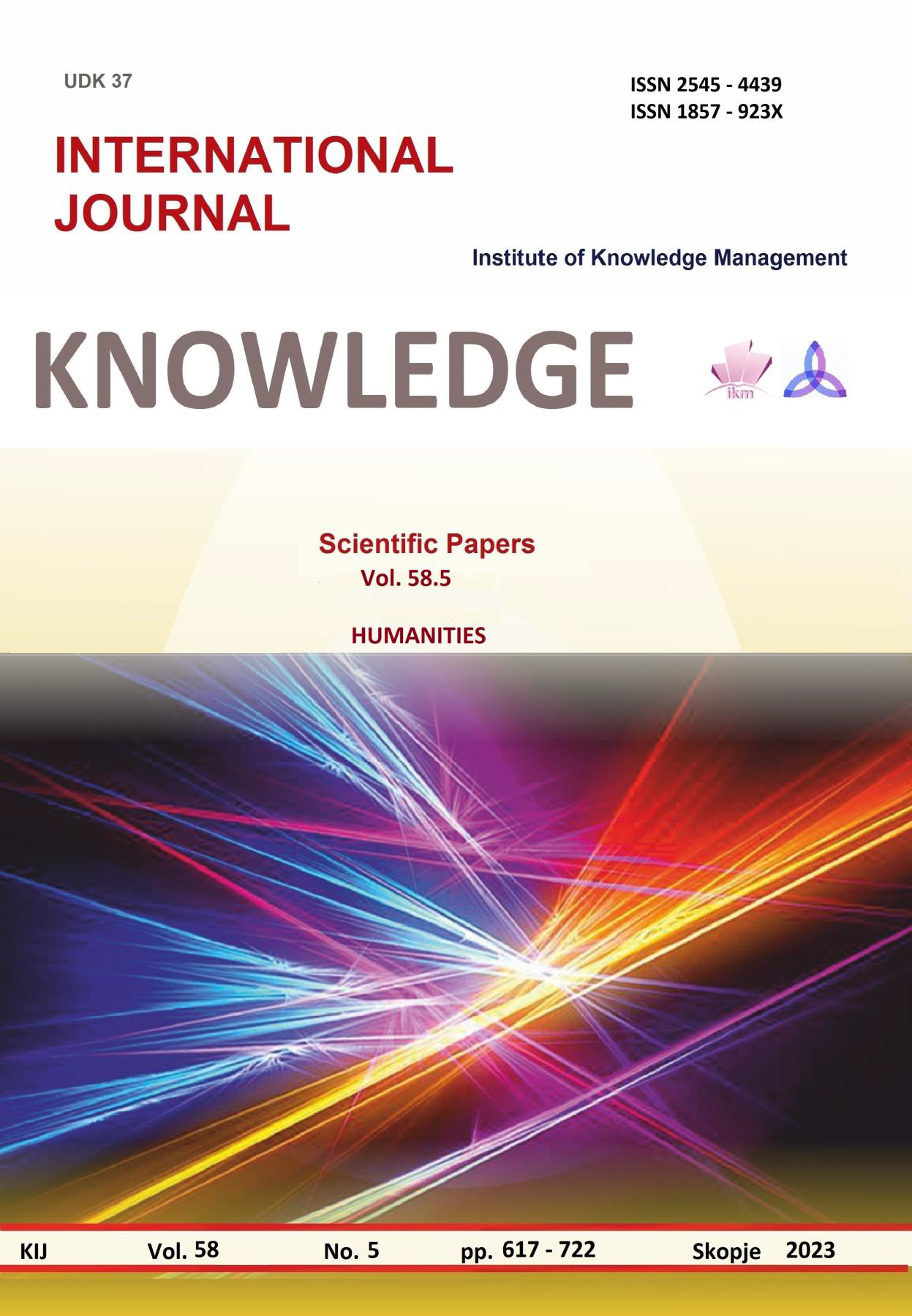ANALYSIS OF TWO IMPROVISATIONAL MUSIC GENRES TAKSIM AND DOINA BASED ON THE TRADITIONAL INSTRUMENT SANTUR
Keywords:
Santur, Doina, Taksim, music improvisationAbstract
Taksim and Doina are two traditional genres of improvisational music that have a long history in different regions of the world. Taksim originated from the Middle East and Turkey, while Doina has its roots in Romanian folk music. Both genres are characterized by their expressive nature and improvisational structure, allowing the musician to display his individual skill and creativity. Sant was chosen as the instrument of reference which spread to various countries of the East and West where it was used and adapted according to the needs of each people.The purpose of this article was to analyze and compare two improvisational music genres, the Taksim and Doina, through the lens of the traditional instrument Sant(o)uri. The study aimed to identify the distinctive characteristics of each genre, the role of Sant(o)uri in their performance, and the influence of regional differences on their development.To achieve this, the study employed a qualitative research methodology that included interviews with expert musicians, musicologists, and scholars, as well as audio and video recordings of live performances. The collected data was analyzed using a thematic analysis approach to identify recurring themes and patterns.The results of the study indicated that both Taksim and Doina share similarities in their use of free rhythm and ornamentation, but differ in their origins and musical structure. Taksim is rooted in Middle Eastern classical music and emphasizes the use of maqams, while Doina has its origins in Romanian folklore and is characterized by its expressive and personal nature.The study also highlighted the crucial role of Sant(o)uri in the performance of both genres, with the instrument being used to provide the melodic and harmonic framework for the improvisation. Furthermore, the analysis revealed the influence of regional differences on the development and performance of both genres, with distinct variations noted in different areas of Romania and the Middle East.In conclusion, this study contributes to a better understanding of the Taksim and Doina genres and their significance in traditional music. The research findings provide valuable insights into the role of santur and regional variations in the performance of these improvisational genres, opening new avenues for future research in this area.
References
Basaran, O. (2017). Music and Politics in Turkey: From the Republic to the Present. Farnham, Surrey: Ashgate Publishing Limited.
González-Abril, L., & Pérez-Sancho, C. (2020). The Use of Eye-Tracking in Music Performance Analysis: A Systematic Review of the Literature. Frontiers in Psychology, 11, 1890.
Kofteros D. (2019). Dokimio gia to Elliniko Santouri.Edited by Mousikos Oikos Philippos Nakas
Lamont, A., & Molnar-Szakacs, I. (2019). The Value of Mixed-Methods Research in Music Psychology: A Review. Frontiers in Psychology, 10, 2453.
Manea, A. (2019). The Doina – History, Evolution, and Characteristics. Journal of Interdisciplinary Music Studies,
Mihăilescu, V. (2014). “Doina” as a Symbol of Romanian Music. Annales Universitatis Apulensis Series Philologica, 15(1), 207-218.
Nettl, B. (1989). Blackfoot Musical Thought: Comparative Perspectives. Ohio: Kent State University Press.
Saim M.(2018). Exploring the Doina: Performance Practice and Meaning in Romanian Folk Music. Journal of Musicological Research, vol. 37, no. 4, 2018, pp. 307-323.
Samson J. (2019). Exploring the Soundscapes of the Balkans: The Cimbalom in Romanian and Macedonian Traditional Music. Journal of the Royal Musical Association, vol. 144, no. 2, 2019, pp. 377-404.
Saville, N. (2017). The Cimbalom in Hungarian Culture: From the Tanner’s Workshop to the Concert Hall. Farnham, Surrey: Ashgate Publishing Limited
Şimşek, M. (2014). Taksim: An Improvisatory Art in Turkish Classical Music. Ethnomusicology Forum, 23(3), 335-356. doi: 10.1080/17411912.2014.957212
Şimşek, M. (2011). The Function of Taksim in Ottoman Classical Music. Asian Music, 42(2), 73-99.
(1-2), 9-21.
Saville, N. (2011). The Santur: A Global History. New York: Routledge.





